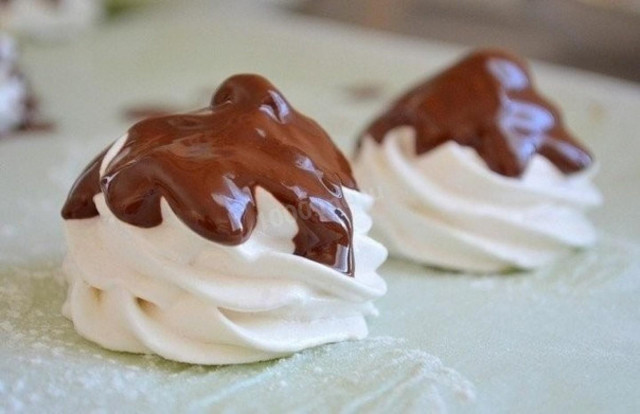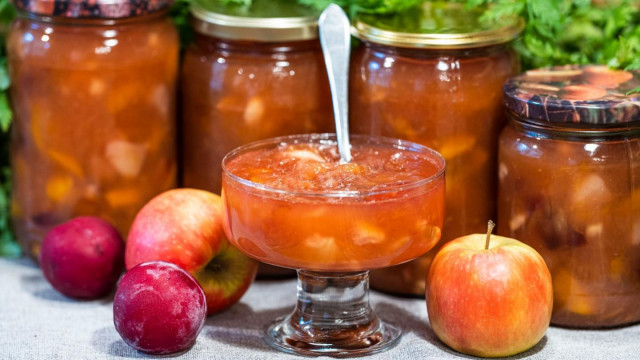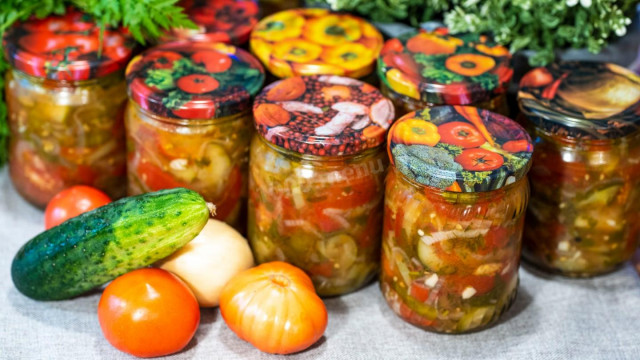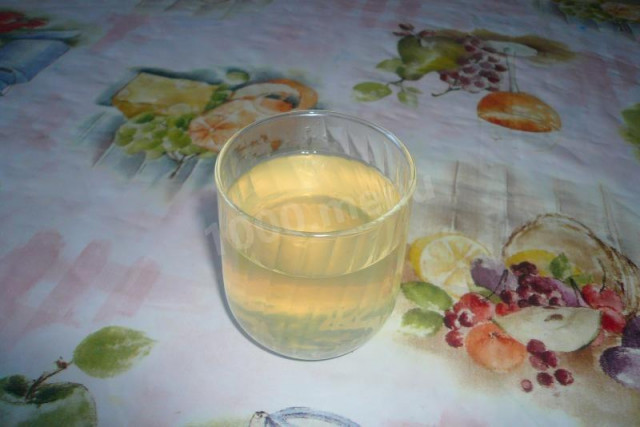Composition / ingredients
Step-by-step cooking
Step 1:
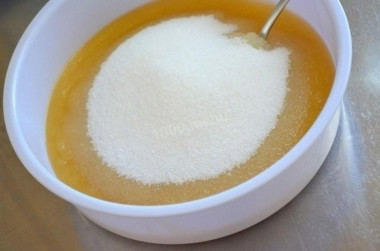
Applesauce is required to make marshmallows. You can take a ready-made mashed potatoes or cook it yourself (bake the apples in the oven, peel and grind them into puree). B applesauce, add sugar (250 g) and vanilla sugar, let stand. If you take a ready-made puree, then you can reduce the amount of sugar.
Step 2:
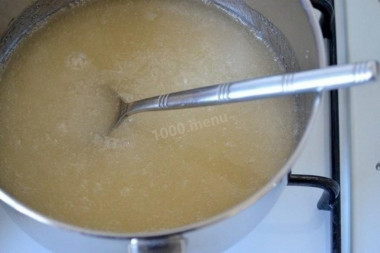
Soak the agar in water according to the instructions on the package. Let it stand as long as necessary. Then put it on the fire and bring it almost to a boil. It is necessary for the agar to dissolve and that's all. Add sugar (475 g) and mix. Cook the mass over medium heat, stirring, until the spatula lifted from the syrup pulls the "sugar thread". Leave the syrup to cool slightly.
Step 3:
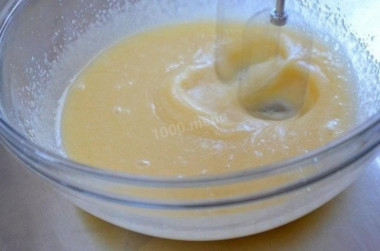
Add half of the egg white to the applesauce. Beat with a mixer until the mixture is clarified. Then add the remaining protein and continue whipping.
Step 4:
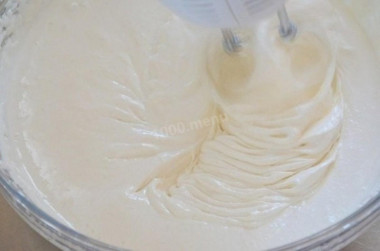
Beat applesauce with protein until the mass becomes white and more airy. While whisking, pour the slightly cooled agar syrup into the mass. At this stage, you should already have a baking sheet lined with parchment and a pastry bag.
Step 5:
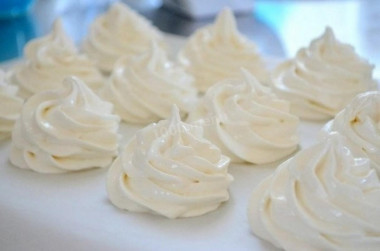
Quickly transfer the mass into a pastry bag and place the marshmallows on the parchment. This should be done quickly, as the mass freezes. There are a lot of marshmallows from such a number of products, so you need to prepare a place for them in advance.
Step 6:
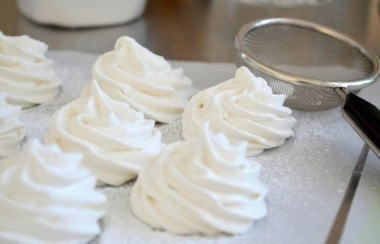
Leave the marshmallows to dry at room temperature for at least a day (in my opinion, it tastes better and looks more like a store-bought one when it stands a little longer). Sprinkle the finished marshmallows with powdered sugar through a strainer and glue the halves together. This is easy to do, since the bottom of the marshmallows is sticky.
Step 7:
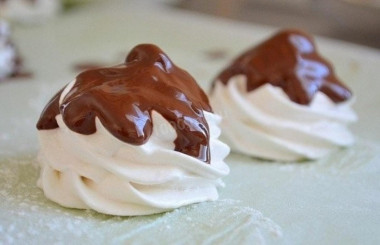
Part of the marshmallow can be poured with chocolate glaze (to do this, take dark or milk chocolate, melt it in a water bath or in the microwave). Put the marshmallows with glaze in the refrigerator to solidify. Now you can drink tea and enjoy the delicate taste of marshmallows!
Before adding agar, pay attention to its labeling. The numbers on the package, for example 600, 900 or 1200, indicate the strength (elasticity) of the resulting gel. The higher this figure, the denser the jelly will turn out.
Always keep in mind that the proportions of agar-agar indicated in the recipe are relative, since the result is influenced not only by the strength of the gel (figures on the package), but also by the quality of agar-agar, as well as the amount of sugar and acid in the dish. In order not to make a mistake and get the desired result, it is recommended to do a test.
To do this, take 1 tablespoon of a ready-made, but not yet cooled dish, and place it in the freezer for 1 minute. If the jelly turned out to be of the desired consistency, then the proportions are observed correctly. Otherwise, it is necessary to thicken or, conversely, dilute the dish.
An open bag with agar-agar can be stored for a long time, but it must be checked before use, since due to sunlight and air ingress, agar may lose its gelling properties.
Caloric content of the products possible in the composition of the dish
- Milk-nut chocolate - 542 kcal/100g
- Nutty chocolate - 580 kcal/100g
- Porous milk chocolate - 506 kcal/100g
- Creamy chocolate - 560 kcal/100g
- Chocolate - 550 kcal/100g
- Granulated sugar - 398 kcal/100g
- Sugar - 398 kcal/100g
- Water - 0 kcal/100g
- Powdered sugar - 374 kcal/100g
- Applesauce - 68 kcal/100g
- Vanilla sugar - 379 kcal/100g
- Egg whites - 44 kcal/100g
- Agar-agar - 301 kcal/100g

